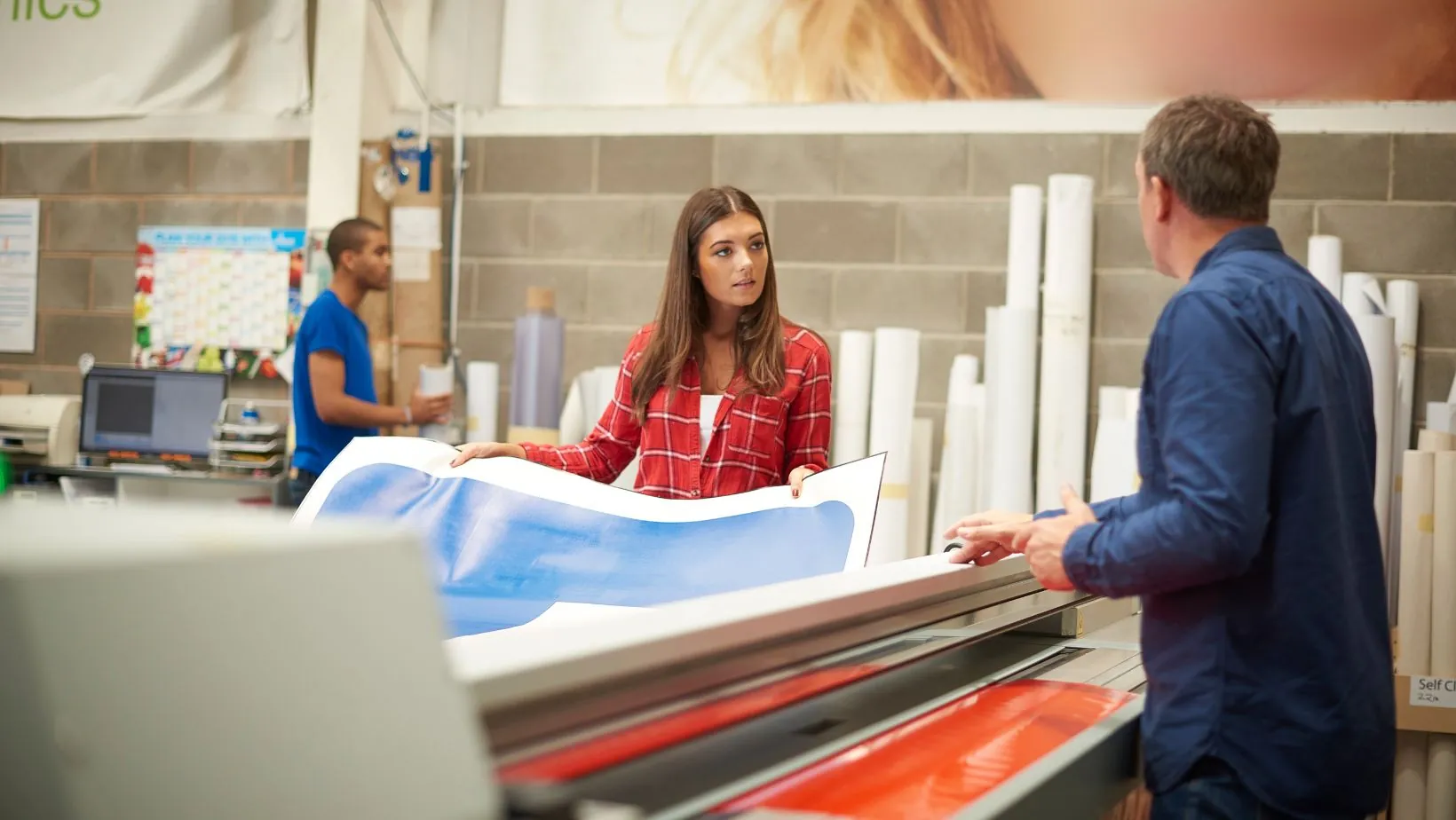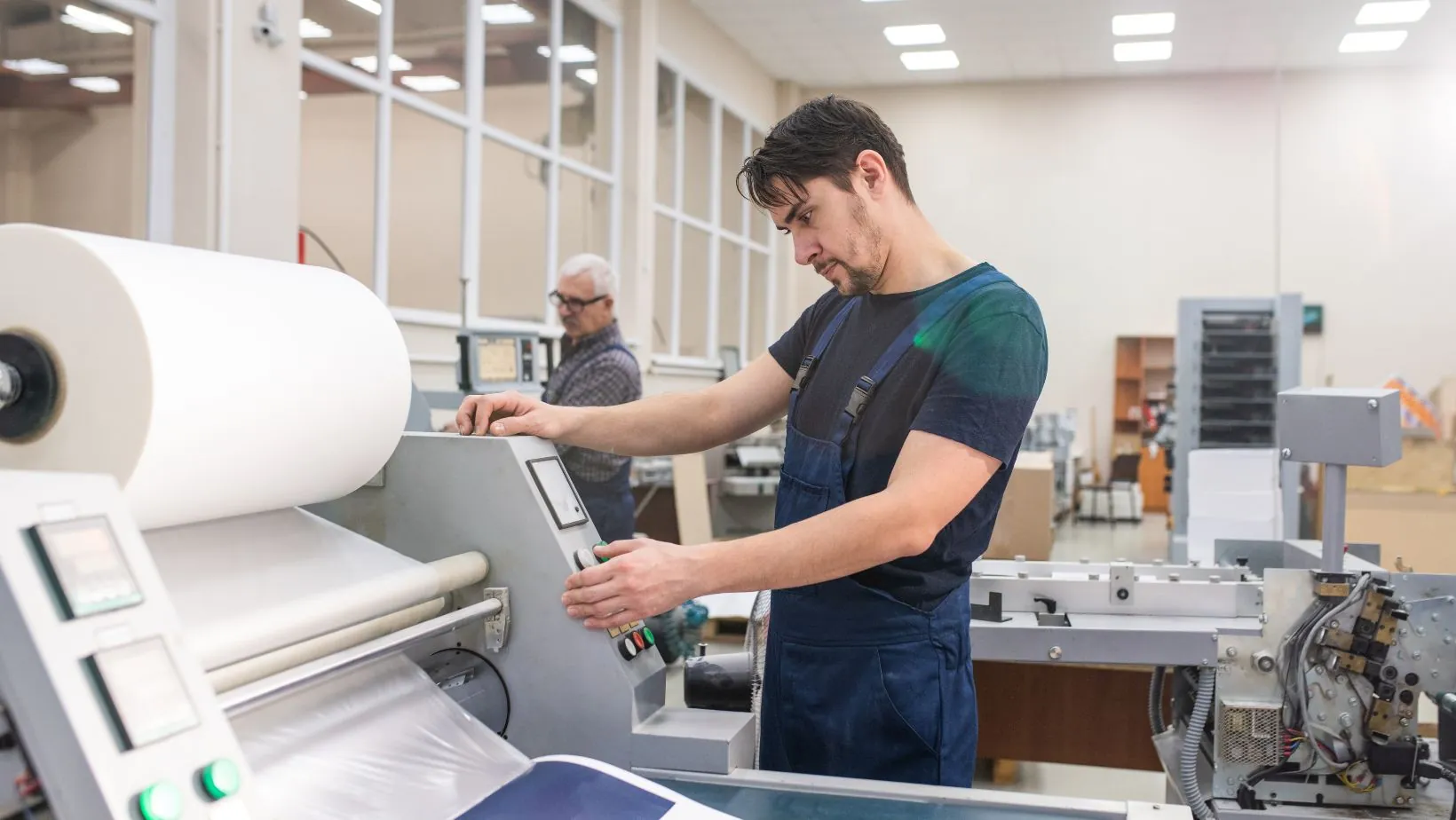Tote bags have become a fashion statement, a marketing tool, and an eco-friendly accessory all rolled into one. Whether you’re using them for daily errands or as part of a business strategy, custom tote bags are a practical way to express creativity and promote your brand. However, to truly make your tote bags stand out, you need to understand the printing methods, materials, and design tips that will bring your vision to life. This guide covers everything you need to know about tote bag printing, from selecting the right material to exploring various printing techniques and offering design tips to ensure your custom tote bags are top-notch.
Understanding Tote Bags: A Canvas for Creativity
Tote bags are more than just functional; they’re versatile tools for creativity. These bags have gained popularity in recent years for a variety of reasons, especially because they are eco-friendly and reusable. Unlike plastic bags, which can harm the environment, tote bags are typically made from sustainable materials, making them an attractive choice for environmentally conscious consumers.
One of the key reasons tote bags have become so widely used is their versatility. They can be used for shopping, as a work bag, or even as a promotional item for businesses. With the right custom designs, tote bags can reflect your personal style or help showcase your brand to a broader audience.
Materials Matter: Choosing the Right Fabric for Your Tote Bag
When it comes to custom tote bags, the material you choose is just as important as the design itself. The fabric determines not only the bag’s durability but also how well the printing method will adhere to the surface. Here are the most common materials used for tote bags:
- Cotton: Cotton is one of the most popular materials for tote bags because it is natural, soft, and durable. It’s also ideal for screen printing and direct-to-garment (DTG) printing because the fabric absorbs ink well, ensuring vibrant colors and fine details. However, cotton bags can be prone to wrinkles, so proper care is essential.
- Canvas: Canvas is another natural fabric, typically made from cotton or linen, and is known for its thickness and sturdiness. This material is excellent for heavy-duty use, such as carrying groceries or books. Canvas tote bags work well with screen printing and embroidery, offering high-quality results.
- Jute: Jute is a natural, biodegradable fiber that has gained popularity as an eco-friendly product. While it is more textured than cotton or canvas, it works well for rustic-style prints and gives a more organic, artisanal look. However, the texture can sometimes limit the fine detail achievable with certain printing methods.
- Polyester: Polyester tote bags are highly durable and resistant to wrinkles and fading. They are an excellent choice for sublimation printing, where the ink is transferred into the fabric. Sublimation is particularly effective for full-color designs that need a smooth, glossy finish.
Choosing the right fabric for your tote bag will impact not only the durability of the bag but also the quality of the print. Be sure to select a fabric that complements your design and aligns with your intended use for the bag.
Tote Bag Printing Methods: Finding the Right Technique
Now that you’ve selected the perfect fabric, it’s time to explore the different printing methods available. Each printing technique offers its own advantages and limitations depending on factors such as design complexity, order volume, and fabric choice.

Here are the most popular printing methods for custom tote bags:
1. Screen Printing
Screen printing is one of the most widely used printing methods for custom tote bags, especially when large quantities are involved. This technique involves creating a stencil, or screen, for each color in your design and then applying ink through the screen onto the fabric.
- Advantages: Screen printing is known for its durability and vibrant colors. It works well for simple, bold designs and is highly cost-effective for large orders. Once set up, the process is quick and can produce consistent results.
- Limitations: Screen printing is not ideal for highly detailed or multi-colored designs. The setup costs can also be high for small orders, making it less economical for those needing just a few bags.
2. Direct-to-Garment (DTG) Printing
Direct-to-garment printing is a relatively newer technique that uses inkjet technology to print directly onto the fabric. This method is ideal for designs that require fine details, multiple colors, or complex graphics.
- Advantages: DTG printing allows for high-quality, full-color designs, making it perfect for detailed artwork or photographs. It’s a cost-effective option for small orders since there are no setup fees.
- Limitations: DTG printing works best on cotton and cotton-blend fabrics. It may not be as durable as screen printing for heavy use or frequent washing, and the color quality can fade over time.
3. Heat Transfer Printing
Heat transfer printing uses heat and pressure to apply a printed design onto the tote bag’s fabric. This is done by printing the design onto a special transfer paper and then applying it to the bag with heat.
- Advantages: Heat transfer printing is perfect for small runs and detailed, multi-colored designs. It’s also great for experimenting with custom artwork without committing to large quantities.
- Limitations: Over time, the design may crack or peel, especially if the tote bag is washed frequently. It’s also less durable than screen printing for long-term use.
4. Direct-to-Film (DTF) Printing
Direct-to-film (DTF) printing is a newer method that has been gaining popularity due to its flexibility and vibrant results.

The process involves printing the design onto a special film, which is then transferred onto the fabric using heat.
- Advantages: DTF printing can be used on various fabric types, including cotton, polyester, and blends. It’s ideal for intricate designs and offers vibrant colors. The process is also cost-effective for medium to small orders.
- Limitations: Like heat transfer printing, DTF prints may wear out over time, particularly with frequent washing. It’s also a relatively new technique, meaning that fewer printing shops offer this service.
5. Embroidery
Embroidery adds a premium touch to custom tote bags, particularly when using logos or simple designs. This method involves stitching the design directly onto the fabric with thread.
- Advantages: Embroidery is highly durable and adds a textured, professional finish. It’s perfect for simple logos or designs that need to withstand wear and tear.
- Limitations: Embroidery is not suitable for detailed or complex designs. It can also be more expensive than other printing methods, especially for larger designs.
Design Tips for Custom Tote Bags
When designing your custom tote bags, it’s essential to keep in mind a few key design principles to ensure your bag looks great and conveys the right message.
1. Simplicity is Key
While it’s tempting to add lots of details, sometimes less is more. Simple, clean designs tend to be more impactful and look better when printed on tote bags. Focus on one or two central elements, such as a logo, slogan, or graphic, to make your design stand out.
2. Choose the Right Colors
The colors you select can significantly impact how your design looks on a tote bag. Opt for colors that contrast well with the fabric of the bag and each other. If you’re using a dark bag, choose lighter colors for the design, and vice versa.
3. Optimize Your File
Ensure your design is high-resolution, ideally 300 DPI (dots per inch), and use vector formats like AI or EPS for scalability. This will ensure your design looks sharp and clear, no matter the printing method you choose.
Conclusion
Tote bag printing is an excellent way to bring your creative ideas to life, whether you’re creating custom bags for personal use or as part of a business strategy. By understanding the different materials, printing methods, and design tips, you can ensure your custom tote bags not only look great but also last for years. Whether you opt for screen printing, direct-to-garment, or a newer method like direct-to-film printing, there are numerous ways to make your tote bags unique and memorable. So, get creative and start designing your perfect tote bag today!



